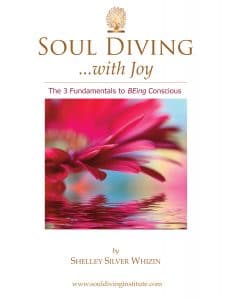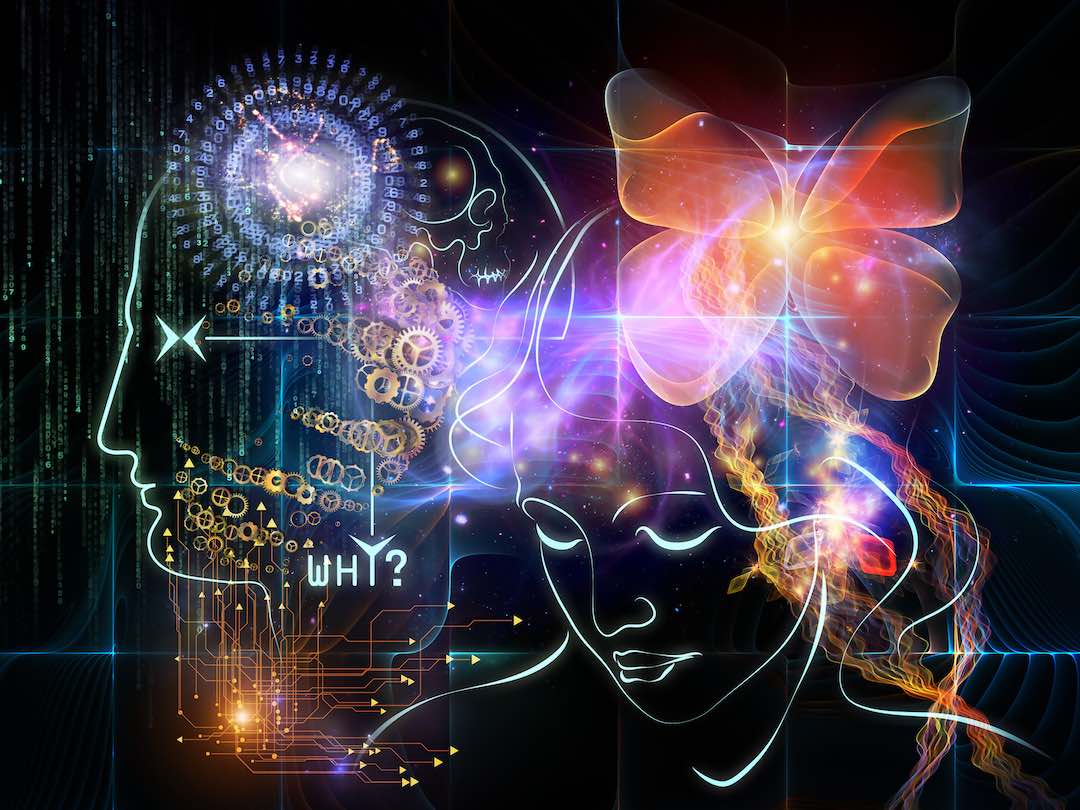
“Life is pleasant. Death is peaceful. It’s the transition that’s troublesome.”
– Isaac Asimov
Understanding death is one of life’s greatest challenges that all human beings face. To some, just the thought of death can trigger fears that paralyze, leaving one feeling helpless, alone, lost, disconnected, and frightened. For others, understanding death is like a sweet melody, with the belief that there is a journey home to the cosmos from which they were created.
In this article, my aim is to share some thoughts gathered from my years of experience as a death and dying coach, and give you an understanding about death, and the tools for how to deal with dying. I hope that these tools may help you feel less lost, disconnected and frightened. My hope is that I can make you feel inspired to think and feel outside your beliefs about death, thus easing and lessening the angst you may carry. You and your loved ones can then open that door to welcome an inner sense of peace and love. Allowing this door to open may well make the living moments more fulfilling and enjoyable, from now onwards to your own dying and death experience.
The exploration of some possibilities around the understanding of death will allow you to explore your own fears about death, with love, honor, dignity, and regard. I invite you to stay open as you read this article, and you may find new views that you may wish to adopt.
Easing life’s journey with a sense of humor.
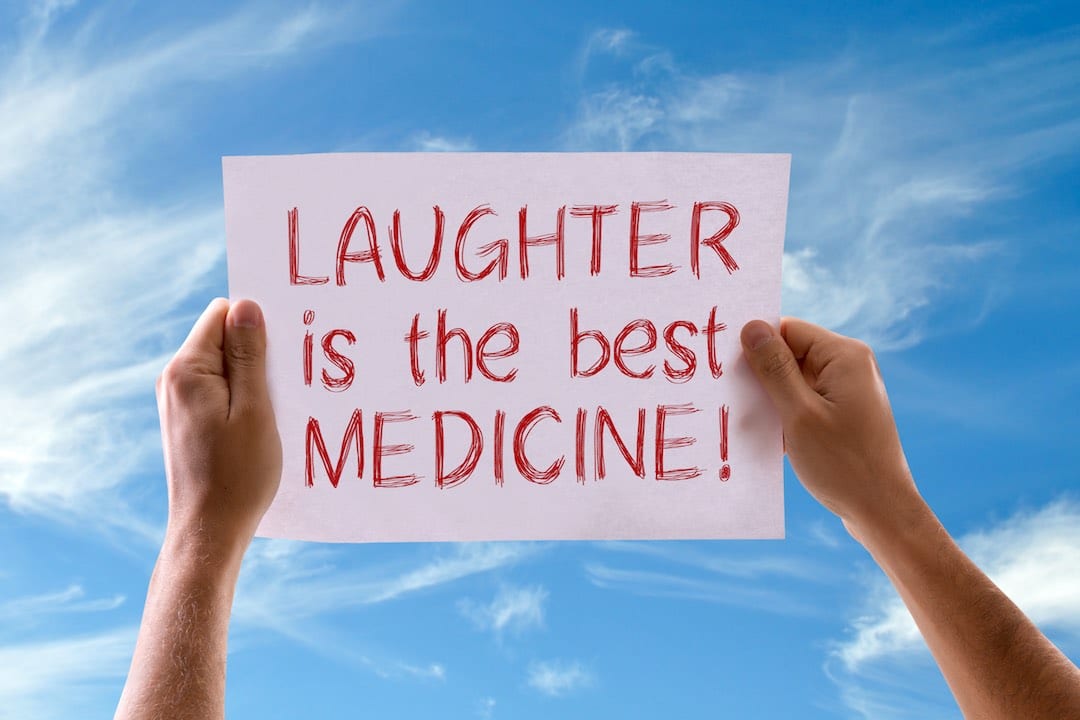
A sense of ease and grace is possible as one journey through the dying experience. Sometimes, individuals experience a renewed sense of humor. There is no scientific explanation for this renewed humor that emerges, however, it may be explained as a protective method, the heart’s self-healing mechanism. The healing is soul protection through nature’s way of easing the pain of an inevitable end with humor.
Maintaining a sense of humor throughout life is beneficial in many ways. Humor helps us flow easier through life’s trials and tribulations, releasing us from the need to control and resist things so much. It helps to not take each thing that happens so seriously. My own father was a particularly great example of maintaining his sense of humor right to the very end. Throughout his life, he had always been known for his great sense of humor. To the very end of his life he continued to be humorous, keeping us all entertained with his jokes, quips, and wit, making myself, and my siblings, laugh until we cried. He knew he was approaching his human end, yet, it seems he no longer cared it was an end because the humor and laughter made it feel as if living through laughter would never end.
The habit of laughter can also be quite curative. Laughter yoga, hasyayoga, is based on this principle. It was developed as an exercise routine by physician Madan Kataria, who wrote about the practice in his 2002 book Laugh For No Reason. [1] A few scientific studies have indicated that Laughter Yoga may potentially have some medically beneficial cardiovascular effects and mood.[2] A study by Oxford University found that pain thresholds are “significantly higher” after laughter. These results were compared to the control condition, and the result was determined to be due to laughter itself. The study also suggested that Laughter produced an “endorphin-mediated opiate effect”. [3]
While laughter may not directly cure whatever ails, it serves to emit a full range of positive emotions, giving way to include even love and renewed faith – significant and indispensable aspects for making a heart’s peace with the pending end. Laughter physically enhances your intake of oxygen-rich air, stimulating your heart, lungs, and muscles, making you feel better even if just in those moments. Laughter is not a new concept, but echoes that age-old saying, “laughter is the best medicine”.
There is a story on YouTube about a Chinese woman who healed herself from cancer by following the principles revealed in the movie, The Secret (The Law of Attraction). You can hear her story on the video.[4] This woman healed her cancer by watching funny movies for 18 months. Laughter worked for her because she also had faith that it could only help her.
Understanding Death Through Beliefs, Traditions, and Cultures

Each one’s beliefs through tradition and culture can determine how one lives and dies. There are countless religions, philosophies, and ideas about death, thus no one culture, religion or people have ever determined the understanding of death with the exactitude that can satisfy everyone. There are only certain parts, bits and pieces of different beliefs that can resonate, and you take only those pieces that are meaningful to you. Here are a few examples.
Some people believe that death occurs before the soul of the human comes into the body we inhabit. Before a caterpillar becomes a butterfly, it must die as a caterpillar first, and only then it is transformed into a butterfly.
Other traditions believe in an afterlife, where there exists an unseen spiritual realm that is an essential part of an individual’s identity and the evolution of his or her consciousness. This soul transition continues to exist after the death of the body, known as “reincarnation,” where the individual may be reborn into this world, beginning his or her life cycle all over again, with no memory of the life he or she previously lived whatsoever. In this view, rebirths, and deaths occur over and over again until the individual reaches a state of “karmic completion,” based on the actions during the individual’s physical life when there is no need to return.
The Tibetan Buddhists believe it takes 49 days for the spirit to travel through what they call, the “bardos” (literally meaning “intermediate state” of existence between death and rebirth, which varies in length according to a person’s conduct in life and manner of, or age at, death), offering an opportunity for liberation or a place of danger, depending on the “karma” which are both positive and negative actions created while living.
According to the Buddhists, preparing for death by behaving in a manner, which is responsible, good and positive for yourself and towards others, is one of the most important practices of living. This leads to a sense of calmness, happiness, and an outlook, which contributes to a calm and more peaceful mind at the time of death.
Other religions believe that the individual’s life will either be rewarded or punished in an afterlife, depending on their actions, while they were alive. In Christian theology, there are various beliefs about going to “heaven” or “hell” after death, depending on life actions and beliefs in God. Muslims believe if they have lived a good life and believe in Allah (God), they are able to enter “paradise”, a place where rivers flow of wine and milk and waters to compensate for them for what they did not do during life on earth. Some people believe that there is no afterlife at all and that nothing happens after death.
Maybe they are all true! However, it’s important to take on only that belief about death that resonates with you and gives you a sense of peace. If no part of a belief satisfies, and the answers to your questions remain unknown, then the bits that are possible form your own belief about death. This is all that’s needed.
Death of the Womb, the Human’s First Home
The first journey of life takes place on the way to conception. It’s the epic story of the one sperm out of the 300 million sperm going on the same trek making it against incredible odds to survive, to unite and merge with their mate, the egg. Our first experience of creating life means 299 million sperm die.[5] It’s the nature of life.
Once a baby is born, he or she leaves the womb and enters a new phase of existence. The paradox is that this little human is a moment closer towards ultimate death. In carrying the joyfulness in living, we also carry our own death that follows us to the end.
The Moro reflex, the baby’s first fear occurs for 3 or 4 months after the baby is born. This involuntary reflex occurs as a fear response to a sudden loss of support as if they are falling, extending his or her arms and legs out suddenly, arching his or her back. Living on the outside takes resilience to adjust to another reality.
Death in Nature, Nature in Death

We are familiar with the cycles of nature. We have identified winter, spring, summer, and fall, with each season presenting a quality in nature that evolves and unfolds life and death.
Plants grow, leaving their seeds behind, and life begins again. This process is similar to all living things. People grow, leaving their essence behind… sometimes through children, sometimes through their life’s work, and sometimes through making an impact on another person’s life. Nothing leaves the earth or dies without leaving its seed or essence behind, whether it’s a seed, vegetable, animal or human being. The best part still lives on.
In the early days after my father’s passing in 2012, I felt so sad with an inability to move and function. Then I realized that he will never be gone, as long as I am alive, because a part of him has always been in me, and a part of him makes up me. His DNA lives in my cells, in the child I gave birth to, and in my grandchildren. So many of his traits will live on and on without the memory of exactly where they came from and how these were manifested when the individual was alive. As much as my father’s death was a finality, it was not an end. His cells are still expanding and growing, while others die. Remembering a smile, and words of love, are no further than a thought away. Yes, his physical body is no longer earthly but the essence of HIM lives on.
Making Peace with Death
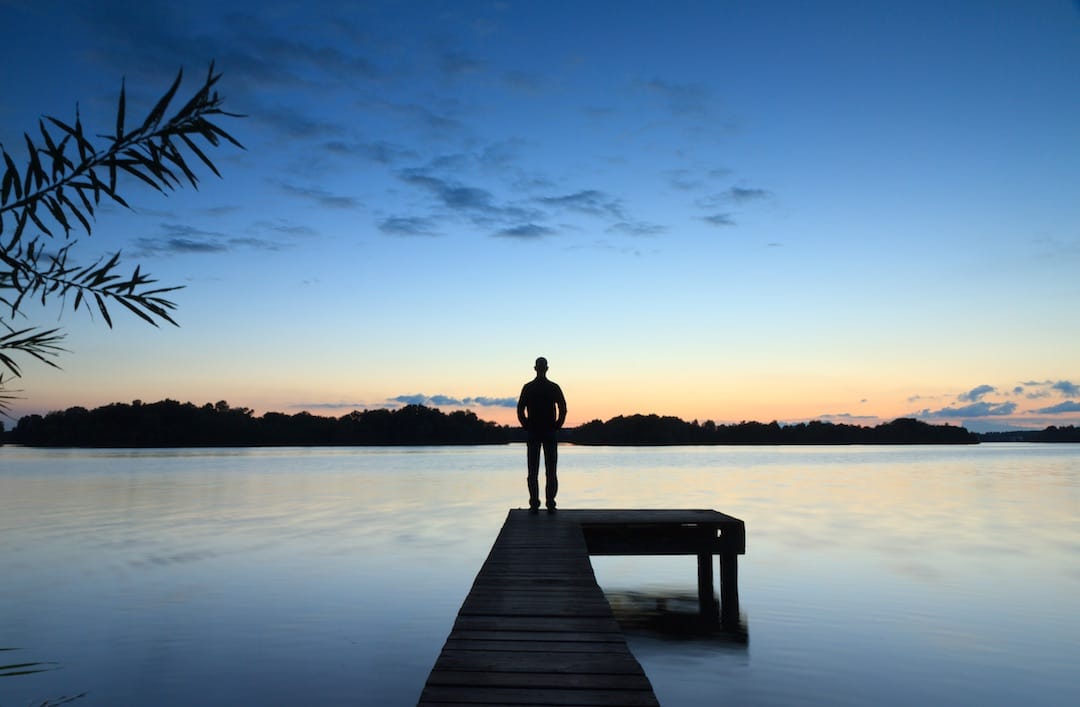
So, how do we make peace with Death? Here I offer you a few ways to begin the journey of making peace with dying:
- ACKNOWLEDGE any emotional or spiritual suffering you may have experienced from perhaps having harmed someone in some way. Sometimes just acknowledging things to someone is as powerful as an apology, because you are seeing them and expressing meaningful understanding, and sometimes an apology may be warranted. This process entails being detached from the forgiveness aspect – it is only about you making your peace by tying up loose ends.
- FORGIVE yourself. Forgiveness begins with self. Then you want to consider setting a goal to be forgiving and forgive directly. There is no need for any individual to come forth, but what you do is the most important thing because you are doing for yourself, for the knowledge that you made peace.
- LOVE. Tell the people you love that you love them. Express love to whomever and in whichever way expands you.
- GRATITUDE. Thank your loved ones for being an intricate part of your life’s journey. Thankfulness and expressing gratitude to your loved ones and the people you know is a gift that goes both ways.
- SELF CARE. Stay as well as you can for as long as you can. Take care of your human self. Let your own spirit guide you.
- RECONNECT with the fulfillment of your life through the essences you gave to each person you met and knew.
- MAKE PEACE with resolving any regrets E-motionally ™ (it’s on an emotional level, but you are making some motion through Heart-Talks ™, which are meaningful conversations you have with people).
- BEFRIEND DEATH. Birth is a burst of masculine action coming to life. Death is a feminine action that gently leaves life, a more introspective experience. Let yourself have an honest relationship with her. She has gifts to bring to you.
- SOURCE YOUR OWN RESILIENCE by drawing on all the experiences in your life where you had courage and strength to now help you through to the end
Children Understanding Death
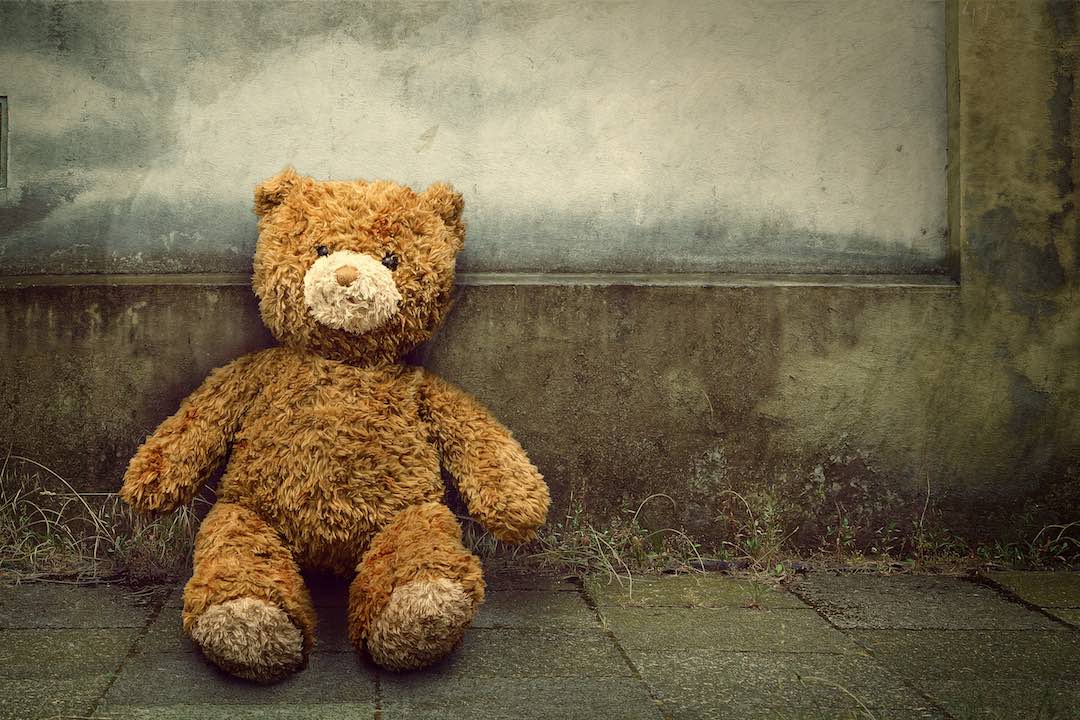
We are all composed of the same matter that are elements found in the universe. We hold the entire universe within us as a drop, much like a drop in the ocean holds the entire ocean inside that drop. We are children of the universe. Resilience is within each of us. Let’s take a further look at resilience.
Children have encountered experiences with death whether with a pet, a lost toy, or even a loved one. Nowadays there are even video games where characters die all the time. Children are resilient. They cry, bury their pets, and then two or three hours later, they are playing with their friends again. Yet they never forget the essence that pet or individual brought them. Essence is key and holding the essence keeps alive that part which was loved.
My grandmother died when I was five years old. I can remember to this day what I felt, as she tenderly held me in her loving arms. I always feel her essence in me, the love that was transferred to me from her embrace. The passing years can never erase this memory.
Every adult carries with them his or her “Inner Child”, the sense of that special innate childlike innocence of all that we carry within ourselves. As adults, we sometimes need to nurture and care for our physical, emotional, creative and spiritual needs of our Inner Child in order to help heal unresolved childhood experiences or traumas, whatever they may be. Each one’s Inner Child is innately resilient, having dealt with death in some form or another.
The Story of Pine Seed
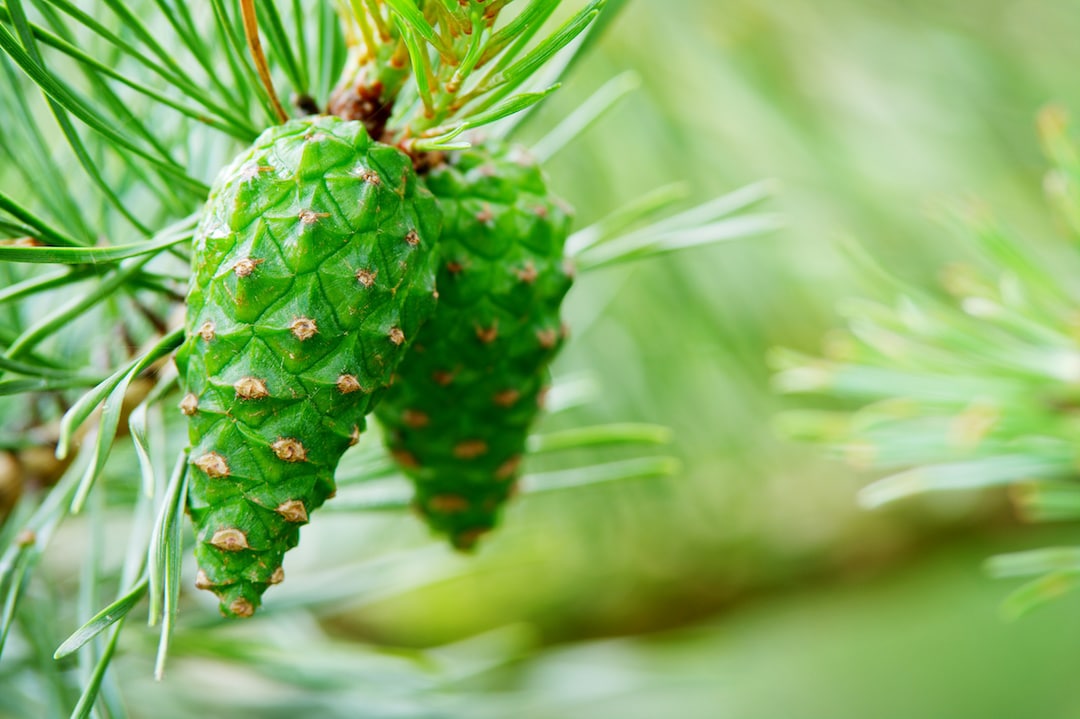
Resilience exists in nature. There is a jack pine tree seed that lies dormant in the forests of the north-central United States and Canada. This jack pine has developed what is called, a “serotinous cone” (covered with a resin to protect the seed) that can only be opened and released at 1400-degree temperatures. When a fire moves through the forest, the cone heats up, and breaks open, releasing the resilient seeds, which are then carried by winds and gravity, creating new trees, reforesting the land.
The jack seed’s resilience remains, waiting to grow, just as the Inner Child’s resilience, being self-protected until the exact climatic environment triggers its opening. The Inner Child breaks out, grows, sprouts, and expands into incremental strengthening.
When someone dies, it’s easy to empathize with the family members and their loved ones who are left behind. Empathy can reinforce resilience simply because we must draw on it to move ahead.
Adult Children with Elder Parents
Parents know what it’s like to take care of a baby. Babies are 100% reliant on their parents for their survival. Parents learn the values of tolerance, patience, kindness and nurturing. As adult children with elder parents, it’s reverse care. One can use the same skills of tolerance, patience, kindness, and nurture that are needed when parenting babies: and, yes, there are times when one needs to listen to their stories of times past, over and over again, and indulge them.
Everything you do for your dying loved one is actually doing something for yourself, and you’re preparing yourself for a healing experience. Once you have done everything humanly possible to make sure your parents and loved ones feel loved, safe, protected, and treated with dignity, a great healing takes place and remains long after they have died. With great certainty, one can feel a sense of peace, knowing he or she did whatever was needed to make their last days/months/years beautiful and sacred.
Some Last Thoughts
I hope that the thoughts, tools, and experiences I’ve shared with you as a death and dying coach, have given you more insight into understanding and dealing with death. Know now that you and your loved ones can open that door to welcome an inner sense of peace and love.
Focus on LOVE, because love is what exists in you. The human challenge is the journey of love, and, remember, your Inner Child is resilient.
Love within yourself can never die and remains in the lives of those we leave behind. Love forgives, love carries on.
Travel the life’s journey with love to its end. It’s a healing journey, no matter what it looks like.
It’s your life. Enjoy the journey. And remember to bring love into everything you do.

References:
[1] Kataria, Madan (2002), Laugh For No Reason (2 ed.), Mumbai, India: Madhuri, International ISBN 978-81-87529-01-9
[2] Dolgoff-Kaspar, R; Baldwin, A; Johnson, MS; Edling, N; Sethi, GK (2013-03-25). “Effect of laughter yoga on mood and heart rate variability in patients awaiting organ transplantation: a pilot study”. Altern Ther Health Med. 18: 61–6. PMID 22894892
[3] Social laughter is correlated with an elevated pain threshold | Proceedings of the Royal Society of London B: Biological Sciences
[4] https://www.youtube.com/watch?v=ydDzUdJrL6M&t=3s
[5] https://www.youtube.com/watch?v=BFrVmDgh4v4

